Meditation has been practiced for centuries as a means of attaining inner peace and enlightenment. This ancient art of quieting the mind and focusing inward has evolved over time, with various techniques and approaches emerging to suit the needs of different individuals. In this comprehensive article, we’ll explore the fascinating realm of meditation, including its historical roots, the science supporting its advantages, various meditation methods, and how it profoundly affects your physical, mental, and spiritual well-being.
Table of Contents
I. Introduction
A. The Art of Meditation
Meditation is often described as the art of stillness and introspection. It is a practice that allows individuals to tap into their inner realms, quieting the chaos of the external world to find tranquility within themselves. The art of meditation involves a deliberate process of focusing one’s attention and eliminating the constant chatter of the mind.
B. The Quest for Inner Peace
The quest for inner peace is a universal human desire. In a world filled with noise, stress, and distractions, people yearn for moments of serenity and calm. Meditation offers a path to achieving this inner peace, providing a sanctuary amidst the turbulence of daily life.
C. The Path to Enlightenment
Beyond inner peace, meditation is also seen as a pathway to enlightenment. Many spiritual traditions and philosophies believe that through meditation, one can gain profound insights, connect with higher consciousness, and ultimately achieve a state of enlightenment.
II. Understanding Meditation
A. What Is Meditation?
1. A Historical Perspective
To truly understand meditation, we must first explore its historical roots. Meditation has ancient origins, with evidence of its practice dating back thousands of years in cultures around the world. From the Vedic traditions of India to the contemplative practices of Buddhism, meditation has played a central role in spiritual and philosophical traditions.
2. Modern Interpretations
In the modern world, meditation has taken on various interpretations and applications. It has moved beyond its religious and spiritual origins to become a secular practice embraced by people from all walks of life. This section will delve into how meditation is understood in contemporary society.
B. The Science Behind Meditation
1. Brainwaves and Meditation
The practice of meditation has a profound impact on the brain. Research has shown that different forms of meditation can lead to distinct changes in brainwave patterns, indicating shifts in consciousness. We’ll explore the science behind these changes and how they relate to altered states of awareness.
2. Benefits for Physical Health
Meditation is not just about mental well-being; it also offers a myriad of physical health benefits. From reducing stress hormones to improving cardiovascular health, we’ll delve into the science-backed advantages of incorporating meditation into your daily routine.
3. Benefits for Mental Health
Mental health is a critical aspect of overall well-being, and meditation has been shown to have a positive impact in this area. We’ll explore how meditation can help manage anxiety, alleviate symptoms of depression, boost concentration, and promote restful sleep.
4. Spiritual and Emotional Well-being
Meditation is often intertwined with spirituality, and it has a profound impact on emotional well-being. This section will examine how meditation can foster a sense of spiritual connection and emotional balance, helping individuals navigate the complexities of their inner worlds.
C. Different Forms of Meditation
Meditation is a diverse field with various techniques, each offering unique approaches to achieving mindfulness and inner peace. We’ll explore some of the most prominent forms of meditation, including:
1. Mindfulness Meditation
a. Focusing on the Breath
Mindfulness meditation often begins with a focus on the breath. We’ll explore the practice of mindful breathing and its benefits.
b. Body Scan Meditation
Body scan meditation involves a systematic scan of the body to cultivate awareness. We’ll delve into how this practice can promote relaxation and self-awareness.
c. Walking Meditation
For those who find it challenging to sit still, walking meditation offers a dynamic alternative. We’ll explore the principles of walking meditation and how it can be integrated into daily life.
2. Transcendental Meditation
a. Mantras and Chanting
Transcendental meditation is known for its use of mantras and chanting. We’ll delve into the significance of these practices and how they facilitate transcendence.
b. Silence and Stillness
At the core of transcendental meditation lies the experience of silence and stillness. We’ll explore the transformative power of embracing quietude.
3. Yoga and Meditation
a. Combining Asanas with Meditation
Yoga and meditation often go hand in hand. We’ll discuss how yoga postures, or asanas, can complement meditation practices.
b. Breath Control (Pranayama)
Breath control, known as pranayama, is an essential aspect of yoga and meditation. We’ll explore various pranayama techniques and their effects on the mind and body.
4. Zen Meditation
a. Zazen – The Art of Sitting
Zen meditation, or Zazen, is a foundational practice in Zen Buddhism. We’ll explore the simplicity and profundity of sitting in meditation.
b. Koan Meditation
Koan meditation involves contemplating paradoxical statements or questions to transcend rational thought. We’ll delve into the enigmatic world of koans.
5. Loving-kindness Meditation
a. Cultivating Compassion
Loving-kindness meditation, also known as Metta, is a practice centered on generating feelings of love and compassion. We’ll explore how this practice can foster empathy and emotional well-being.
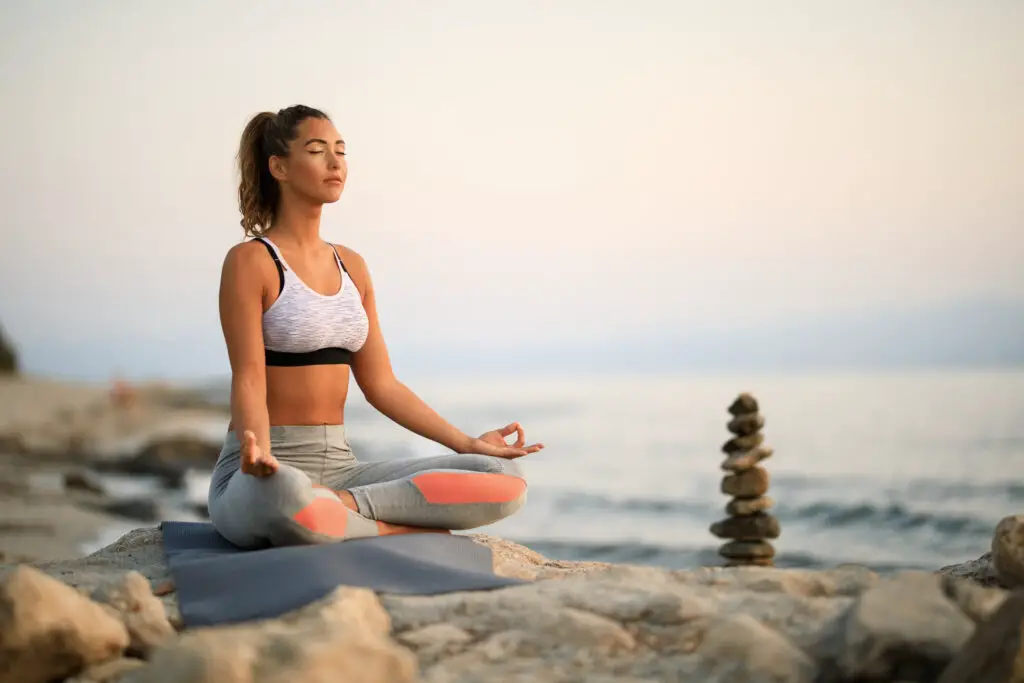
III. Preparing for Meditation
Before embarking on a meditation journey, it’s essential to prepare adequately. This section will guide you through the necessary preparations, including:
A. Finding the Right Space
Creating a conducive environment is crucial for effective meditation. We’ll discuss how to select an appropriate meditation space and set the right ambiance.
B. Choosing the Right Time
Timing plays a significant role in meditation. We’ll explore the best times to meditate and how different times of day can impact your practice.
C. Comfortable Seating
A comfortable posture is essential for prolonged meditation sessions. We’ll provide insights into choosing the right seating arrangement to ensure comfort and stability.
D. Clothing and Posture
Your choice of clothing and posture can affect the quality of your meditation practice. We’ll offer tips on what to wear and how to sit or lie down comfortably.
E. Settling the Mind
Meditation often begins with calming the mind. In this section, we’ll explore various techniques for settling the mind, including:
1. Breathing Techniques
Breath awareness is a fundamental aspect of many meditation practices. We’ll discuss different breathing techniques to help you find stillness within.
2. Grounding Exercises
Grounding exercises can help anchor your awareness in the present moment. We’ll introduce exercises that connect you with the earth and foster a sense of stability.
IV. Meditation Techniques
A. Mindfulness Meditation
1. Focusing on the Breath
Mindfulness meditation often starts with a simple yet powerful practice—focusing on the breath. By directing your attention to each breath, you can cultivate mindfulness and presence.
2. Body Scan Meditation
Body scan meditation takes you on a journey of self-awareness. It involves systematically scanning your body to identify areas of tension and release them through focused attention.
3. Walking Meditation
For those who struggle with sitting still, walking meditation offers an alternative. It combines the act of walking with mindfulness, allowing you to connect with the world around you.
B. Transcendental Meditation
1. Mantras and Chanting
Transcendental meditation utilizes mantras and chanting as vehicles to transcend ordinary thought. We’ll delve into the significance of mantras and how they facilitate inner transformation.
2. Silence and Stillness
At the heart of transcendental meditation lies the experience of profound silence and stillness. We’ll explore how embracing these qualities can lead to deeper states of consciousness.
C. Yoga and Meditation
1. Combining Asanas with Meditation
Yoga goes beyond just physical poses; it also includes meditation. We’ll discuss how yoga asanas can enhance your meditation practice and promote physical flexibility.
2. Breath Control (Pranayama)
Breath control, or pranayama, is an integral part of yoga and meditation. We’ll explore various pranayama techniques that regulate the breath and calm the mind.
D. Zen Meditation
1. Zazen – The Art of Sitting
Zen meditation, often referred to as Zazen, is a practice of sitting in stillness. We’ll delve into the simplicity and profundity of this meditation technique.
2. Koan Meditation
Koan meditation involves contemplating paradoxical statements or questions to transcend ordinary thinking. We’ll explore the mysterious world of koans and their role in Zen practice.
E. Loving-kindness Meditation
1. Cultivating Compassion
Loving-kindness meditation, also known as Metta, is a practice that cultivates feelings of love and compassion. We’ll discuss how this practice can enhance emotional well-being and interpersonal relationships.
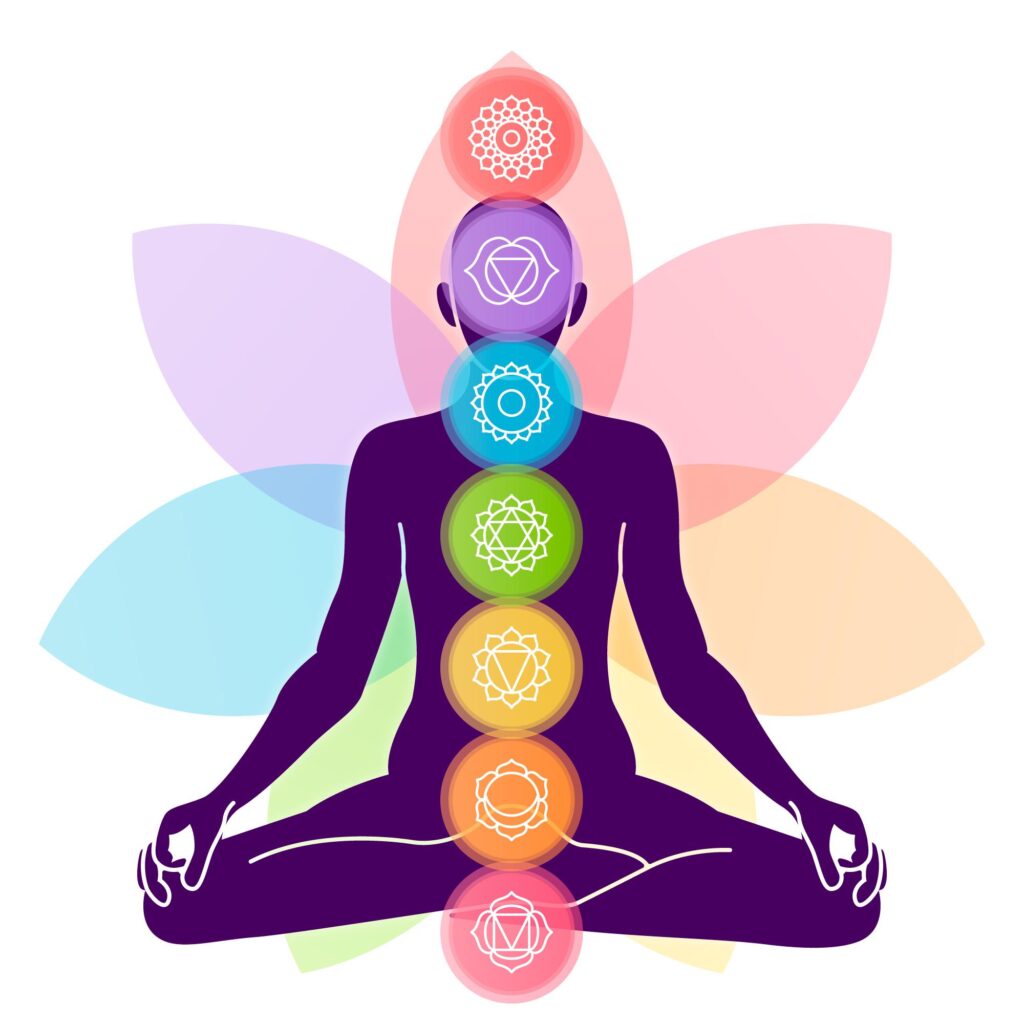
V. The Benefits of Meditation
A. Physical Well-being
1. Reducing Stress
Stress is a prevalent issue in today’s fast-paced world. Meditation has been shown to be a powerful tool for reducing stress levels and promoting relaxation.
2. Lowering Blood Pressure
High blood pressure is a risk factor for numerous health problems. Meditation can help lower blood pressure, contributing to better cardiovascular health.
3. Enhancing Immunity
A strong immune system is essential for overall health. Meditation has been linked to improved immune function, potentially reducing the risk of illness.
4. Pain Management
Chronic pain can significantly impact one’s quality of life. Meditation offers techniques to manage pain and improve comfort.
B. Mental Health
1. Managing Anxiety
Anxiety disorders affect millions of people worldwide. Meditation provides valuable tools for managing anxiety and reducing its debilitating effects.
2. Reducing Depression
Depression is a leading cause of disability. Meditation can complement conventional treatments by alleviating depressive symptoms and improving mood.
3. Boosting Concentration
In our increasingly distracted world, concentration is a valuable skill. Meditation exercises can enhance focus and cognitive performance.
4. Improving Sleep
Sleep is crucial for overall well-being. Meditation practices can promote better sleep by calming the mind and reducing insomnia.
C. Spiritual Growth
1. Connecting with the Self
Meditation is often seen as a means of self-discovery. It provides a path to connect with your innermost self and gain profound insights.
2. Finding Purpose
Many individuals seek a sense of purpose in life. Meditation can help clarify your values and aspirations, guiding you toward a more purposeful existence.
3. Transcending Ego
The ego can be a barrier to spiritual growth. Meditation offers techniques to transcend the ego’s limitations and connect with a deeper sense of self.
4. Experiencing Oneness
Some meditation experiences are characterized by a profound sense of oneness with the universe. We’ll explore these mystical aspects of meditation.
D. Emotional Balance
1. Handling Emotions
Emotions are a fundamental part of human experience. Meditation provides tools to navigate and regulate emotions effectively.
2. Cultivating Resilience
Resilience is the capacity to recover and thrive after facing challenges. Meditation practices can enhance resilience, enabling individuals to cope with life’s challenges.
3. Promoting Empathy
Empathy is crucial for building meaningful relationships. Meditation, particularly loving-kindness meditation, fosters empathy and compassion.
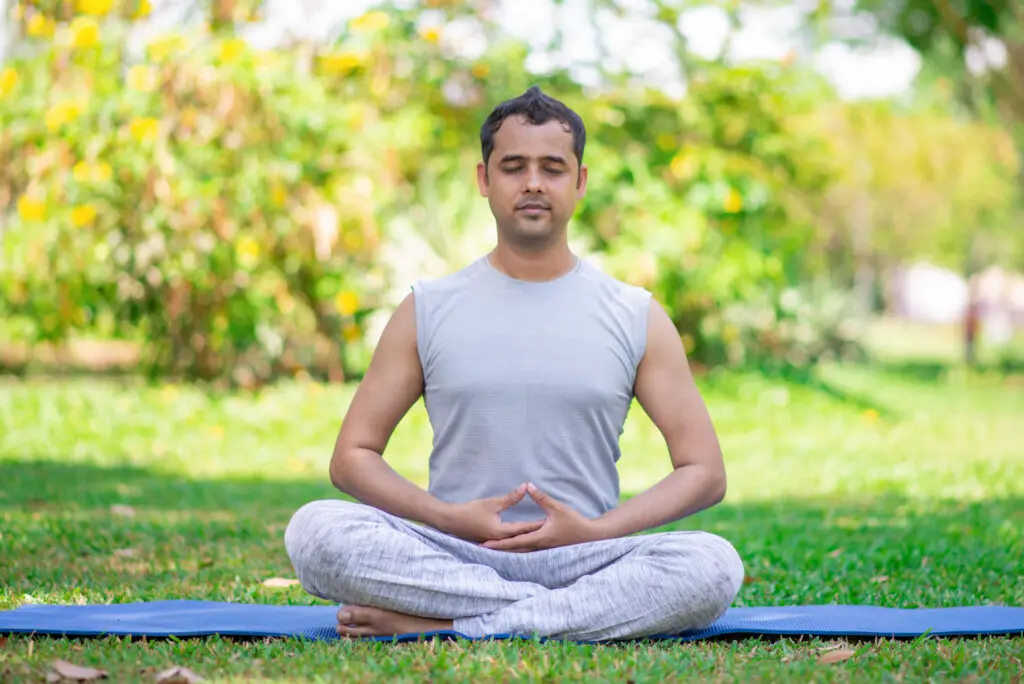
VI. Common Challenges in Meditation
Meditation is not always a smooth journey. Many practitioners encounter common challenges that can hinder their progress. This section will address some of these challenges and offer strategies to overcome them.
A. Restless Mind
1. Dealing with Racing Thoughts
A restless mind filled with racing thoughts is a common obstacle in meditation. We’ll explore techniques to calm the mind and regain focus.
2. Patience and Persistence
Meditation requires patience and persistence. We’ll discuss how to cultivate these qualities on your meditation journey.
B. Finding Time
In our hectic lives, carving out time for meditation can be quite a task. This section will offer practical tips for incorporating meditation into your daily routine and setting realistic goals.
C. Physical Discomfort
Physical discomfort, such as stiffness or pain, can disrupt your meditation practice. We’ll provide guidance on navigating physical discomfort and adjusting your posture for comfort.
VII. Guided Meditation
For those new to meditation, guided meditation can be a helpful starting point. This section will explore the benefits of guided meditation and how to incorporate it into your practice.
A. Using Meditation Apps
1. Popular Meditation Apps
We’ll introduce some of the most popular meditation apps available, offering guided sessions for various meditation techniques.
B. Online Meditation Classes
Online meditation classes provide access to experienced instructors and a supportive community. We’ll discuss the advantages of joining virtual meditation classes.
C. Benefits of Guided Meditation
Guided meditation offers structure and guidance for your practice. We’ll delve into the advantages of guided sessions and how they can enhance your meditation experience.
VIII. Meditation and Religion
Meditation has deep connections with various religious traditions. This section will explore the role of meditation in different religions, including:
A. Meditation in Buddhism
Buddhism has a rich tradition of meditation, with various techniques aimed at achieving enlightenment. We’ll explore the central role of meditation in Buddhist practice.
B. Meditation in Hinduism
Hinduism also embraces meditation as a means of spiritual growth. We’ll delve into the diverse array of meditation practices within Hinduism.
C. Meditation in Christianity
Christianity has its contemplative traditions, including centering prayer and Christian meditation. We’ll explore how meditation is incorporated into Christian spirituality.
D. Meditation in Islam
Islamic tradition includes meditation practices, such as dhikr (remembrance of God). We’ll examine the role of meditation in Islamic spirituality.
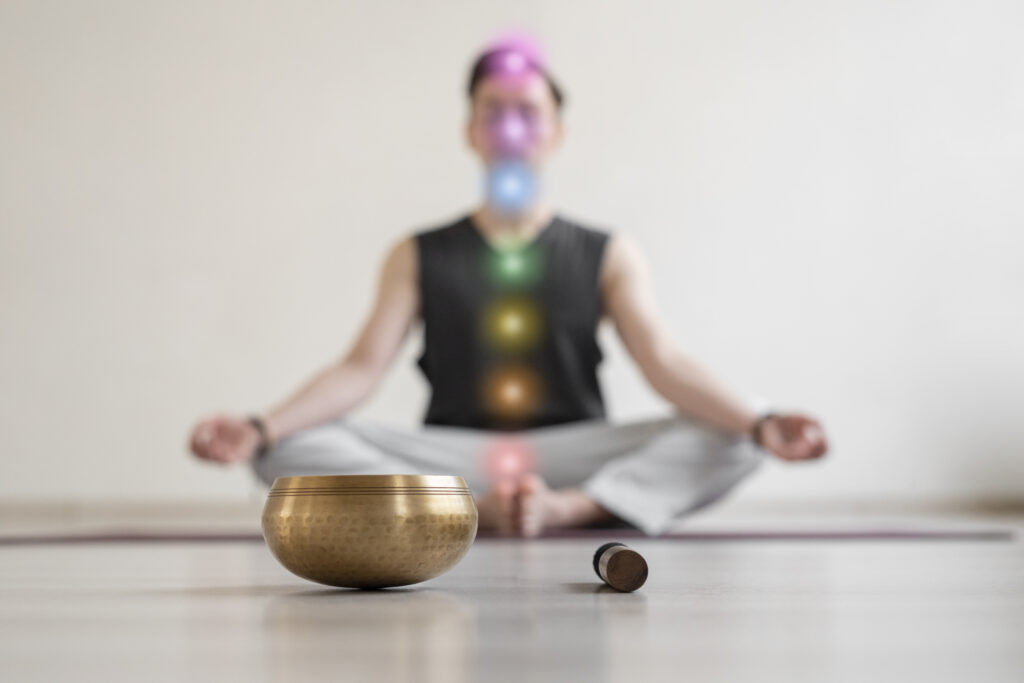
IX. Meditation Retreats
Meditation retreats offer a unique opportunity to deepen your practice in a focused and supportive environment. This section will explore the retreat experience, highlight some popular meditation retreats, and offer guidance on planning your own retreat.
A. The Retreat Experience
We’ll provide an overview of what to expect at a meditation retreat, including the daily schedule, meditation practices, and the benefits of immersing yourself in a retreat environment.
B. Popular Meditation Retreats
There are renowned meditation retreats around the world that cater to different traditions and preferences. We’ll introduce some of these well-regarded retreats.
C. Planning Your Retreat
If you’re considering embarking on a meditation retreat, this section will offer practical tips for planning your journey, from choosing the right retreat to preparing mentally and physically.
X. Scientific Research on Meditation
Meditation has not only been a subject of spiritual and philosophical exploration but also a focus of scientific research. This section will delve into prominent studies on meditation, ongoing research initiatives, and the potential future directions of meditation research.
A. Prominent Studies
We’ll highlight key studies that have contributed to our understanding of the physical, mental, and emotional effects of meditation.
B. Ongoing Research
Meditation continues to be a subject of active research. We’ll discuss current studies that are exploring new facets of meditation’s impact on well-being.
C. Future Possibilities
The future of meditation research holds exciting possibilities. We’ll speculate on potential areas of exploration and how meditation may continue to evolve in our understanding of human consciousness.
XI. Meditation and Mindfulness in Modern Society
Meditation and mindfulness practices have gained significant popularity in contemporary society. This section will explore the integration of meditation into various aspects of modern life.
A. Corporate Mindfulness Programs
Many businesses have adopted mindfulness programs to enhance employee well-being and productivity. We’ll discuss the benefits and challenges of incorporating meditation into the corporate world.
B. Meditation in Schools
Mindfulness programs are increasingly being introduced in educational settings. We’ll explore how meditation is making its way into schools and its potential impact on students’ mental health and learning.
C. The Role of Social Media
Social media has both positive and negative implications for meditation. We’ll examine how online platforms are shaping the meditation landscape and the potential pitfalls of digital mindfulness.
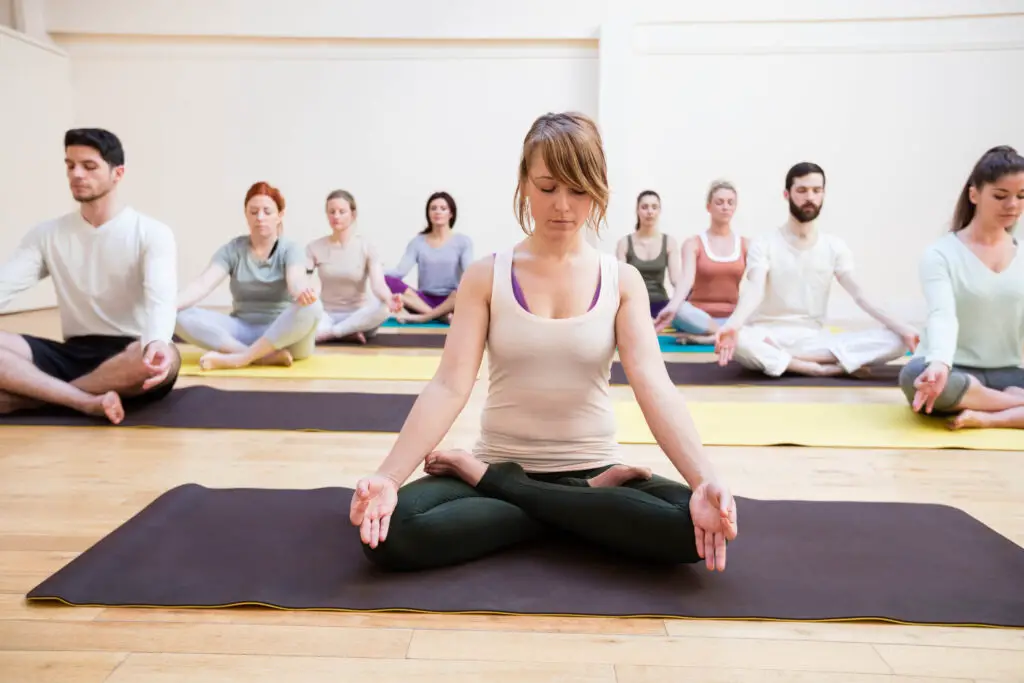
XII. Famous Meditators
Throughout history and in contemporary times, there have been individuals known for their deep meditation practices. This section will highlight both historical figures and contemporary meditators who have made significant contributions to the field of meditation.
A. Historical Figures
We’ll explore renowned historical figures known for their meditation journeys and the wisdom they imparted to the world.
B. Contemporary Meditators
In the modern era, there are notable individuals who have embraced meditation and shared its benefits with others. We’ll introduce some of these contemporary meditators.
XIII. Meditation Tips for Beginners
Embarking on a meditation practice can be challenging, especially for beginners. This section will offer practical tips to help newcomers navigate their meditation journey successfully.
A. Start Slowly
Beginning with short meditation sessions can help you ease into the practice without feeling overwhelmed.
B. Be Patient
Meditation is a skill that develops over time. Patience is essential as you progress on your journey.
C. Stay Consistent
Consistency is key to reaping the full benefits of meditation. We’ll discuss how to establish a regular meditation routine.
D. Seek Guidance
For those new to meditation, seeking guidance from experienced practitioners or instructors can be invaluable. We’ll offer suggestions on finding suitable mentors or classes.
E. Embrace Imperfection
Meditation is a unique journey for each individual, and there’s no universal approach that suits everyone. It’s essential to embrace imperfection and adapt your practice to suit your unique needs.
XIV. Meditation Myths
There are several misconceptions about meditation that can deter people from exploring this transformative practice. This section will debunk some common myths surrounding meditation.
A. It’s About Emptying the Mind
Contrary to popular belief, meditation is not about emptying the mind but about cultivating awareness and focus.
B. Meditation is Religious
While meditation has religious origins, it can be practiced in a secular context. We’ll clarify the distinction between religious and secular meditation.
C. Meditation is Only for Hippies
Meditation has moved beyond counterculture stereotypes. We’ll explore how people from diverse backgrounds and lifestyles embrace meditation.
D. You Need Special Skills
Meditation is accessible to everyone, regardless of their skills or background. We’ll demystify the notion that meditation requires extraordinary abilities.

XV. The Future of Meditation
As the world continues to change and evolve, so does the practice of meditation. In this section, we’ll envision what the future of meditation might look like.
A. Technological Advancements
Technology is likely to play a significant role in the future of meditation. We’ll discuss how virtual reality, biofeedback devices, and other innovations may enhance meditation experiences.
B. Integration with Healthcare
Meditation is increasingly recognized as a valuable tool in healthcare. We’ll explore how meditation may become an integral part of mainstream healthcare practices.
C. A Global Movement
Meditation has the potential to become a global movement for peace and well-being. We’ll contemplate the role of meditation in promoting harmony and understanding on a global scale.
XVI. Conclusion
Meditation is a profound journey that offers a path to inner peace, enlightenment, and holistic well-being. Whether you’re a beginner or an experienced practitioner, there is always more to explore and discover in the world of meditation.
A. The Endless Journey
The journey of meditation is never truly complete. It’s a lifelong pursuit of self-discovery and inner growth.
B. Find Your Inner Peace
In the chaos of the modern world, meditation provides a sanctuary where you can find your inner peace, no matter the circumstances.
C. Embark on the Path to Enlightenment
For those seeking deeper spiritual insights and enlightenment, meditation offers a transformative path that can lead to profound awakening.

Frequently Asked Questions (FAQs):
Q1. What is meditation, and why is it beneficial?
A1. Meditation is a practice that involves focusing your mind on a particular object, thought, or activity to achieve mental clarity and inner peace. It offers numerous benefits, including stress reduction, improved concentration, emotional balance, and spiritual growth.
Q2. Are there different types of meditation, and how do I choose the right one for me?
A2. Yes, there are various meditation techniques, such as mindfulness, transcendental meditation, yoga, Zen, and loving-kindness meditation, among others. Choosing the right one depends on your personal preferences and goals. It’s advisable to try different methods and see which resonates with you the most.
Q3. Can meditation help with physical health issues?
A3. Absolutely. Meditation has been shown to have a positive impact on physical health. It can lower stress levels, reduce blood pressure, enhance immunity, and even help manage chronic pain.
Q4. Is meditation suitable for beginners, and how do I get started?
A4. Meditation is accessible to beginners. To start, find a quiet and comfortable space, choose a meditation technique that interests you, and begin with short sessions. Patience and consistency are key, so don’t be discouraged if it takes time to see results.
Q5. What role does meditation play in spirituality?
A5. Meditation is often linked to spirituality as it can foster a sense of inner connection, self-discovery, and transcendence. It provides a path for those seeking deeper spiritual insights and a closer connection to their inner selves.
Q6. Are there any common challenges in meditation, and how can I overcome them?
A6. Yes, common challenges include a restless mind, finding time, and physical discomfort. Techniques such as breath awareness, patience, and adjusting your meditation routine can help overcome these obstacles.
Q7. Is meditation a religious practice, or can it be secular?
A7. While meditation has religious origins, it can be practiced in a secular context. Many people incorporate meditation into their daily lives without any religious affiliations.
Q8. How can I integrate meditation into a busy lifestyle?
A8. Incorporating meditation into a busy lifestyle is possible. You can start with short sessions, meditate during breaks, or use meditation apps to help you stay on track.
Q9. What are some notable figures known for their meditation practices?
A9. Historical figures like Buddha, Mahatma Gandhi, and Thich Nhat Hanh are known for their meditation journeys. In contemporary times, figures like the Dalai Lama and Deepak Chopra have popularized meditation.
Q10. What does the future hold for meditation, and how might technology impact it?
A10. The future of meditation may involve technological advancements such as virtual reality and biofeedback devices. Meditation is also likely to become more integrated into healthcare and continue to expand as a global movement for peace and well-being.
